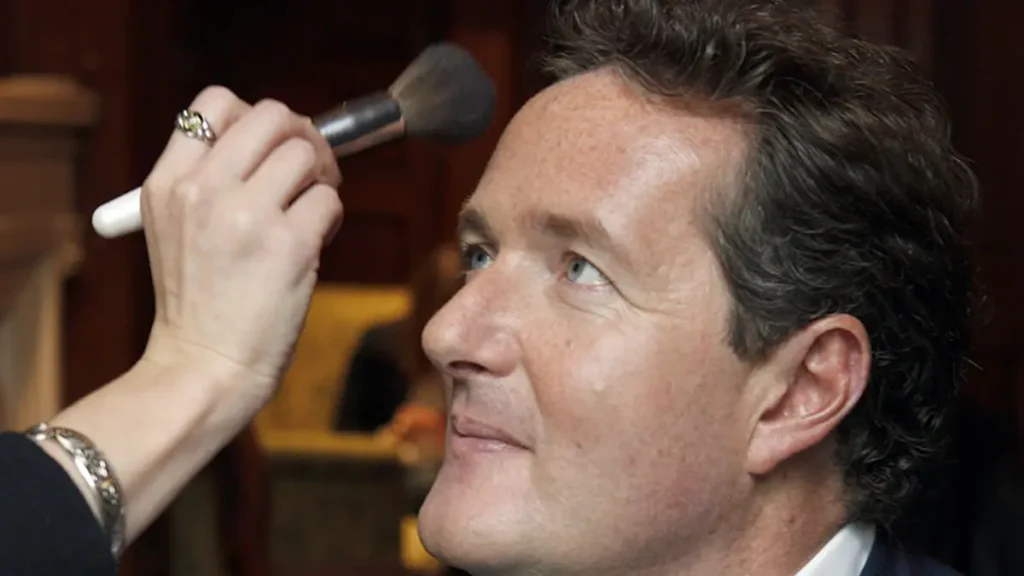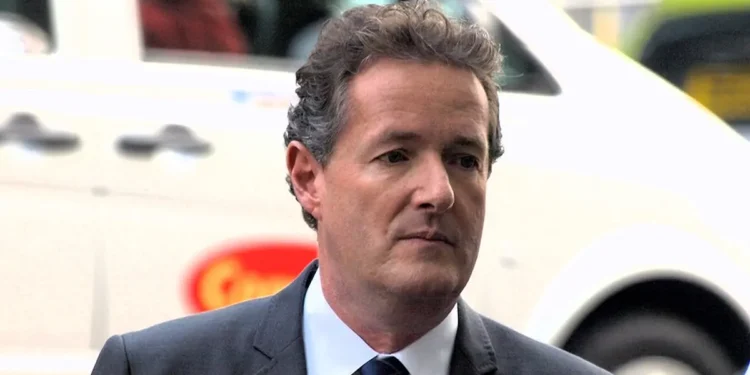Looking back on Piers Morgan’s dismissal as Editor-in-Chief 20 years ago this May, following the publication of fabricated photos in the Daily Mirror.
It was a seismic event that rattled the foundations of British journalism, with the then-editor of the Daily Mirror, Piers Morgan, facing a professional demise that reverberated across media outlets worldwide.
Details of the Dismissal
It occurred on May 14th 2004, when the broadsheet heavyweight was dismissed from his role at the helm of one of the UK’s leading tabloids.
However, this was not due to dwindling circulation numbers or internal politics. Instead, Piers Morgan had made a grave misjudgement in his decision to print photographs of British soldiers and their treatment of Iraqi war prisoners.
The Controversial Photographs
The photos, which featured soldiers from the Queen’s Lancashire Regiment, were first published in the newspaper on April 30th 2004. Understandably, they caused immediate uproar, with the public and officials alike expressing demanding accountability.
However, the veracity of these images soon came under intense scrutiny. The British Army, upon examining the photographs, raised doubts about their authenticity, citing inconsistencies in uniforms and equipment.
The controversy escalated rapidly, putting the newspaper and its editor under the spotlight. Morgan defended their publication, asserting the importance of the story.
Ethical Questions and Journalistic Integrity
Yet, the debate wasn’t merely about the authenticity of the photographs but also the role of the press in wartime, and the ethical boundaries of journalism. The Daily Mirror, with a daily circulation of almost two million, had taken a notably anti-war stance under Morgan’s leadership – a position that further fuelled accusations of bias in the story and a dereliction of duty as regards fact-checking.
After conducting a thorough investigation, the Ministry of Defence declared the photographs fake. This revelation was a catastrophic blow to the credibility of the Daily Mirror and to Morgan’s career.
It raised profound questions about journalistic integrity and the checks and balances in place within newsrooms. The editorial decision to publish these images, it seemed, was driven more by the sensational impact they would have, rather than their factual accuracy.
The fallout was immediate and severe. Advertisers cancelled, public trust in the newspaper plummeted, and the Daily Mirror’s reputation as a dependable news source was severely damaged.

Aftermath and Apology
The board of Trinity Mirror – the paper’s parent company – faced no choice but to act decisively. Morgan, who had been with one of the best-selling British dailies since 1995, and who had become synonymous with its bold and sometimes brash style, elevating his own reputation to that of maverick, was sacked.
In the aftermath of the scandal, the Daily Mirror issued a public apology, acknowledging that it had been the victim of a “calculated and malicious hoax”. The incident sparked discussions about media integrity, the need for rigorous fact-checking and the responsibilities of the press in wartime reporting.
The scandal became something of a case study and a reference point in debates about media accountability and the power of the press.
And yet, the so-called perpetrator was to rise again. Morgan launched First News, a weekly paper aimed at seven- to 14-year-olds, and later would become Editor-at-Large of MailOnline.
Aftermath and Apology
In between, he forged an impressive TV career, initially across talent shows such as Britain’s Got Talent, then as a presenter on Good Morning Britain.
Never far away from a feud, not least with the likes of Meghan Markle, Hugh Grant, Madonna, John Cleese and Ewan McGregor, he now hosts his own Piers Morgan Uncensored show that originally aired on TalkTV, but has recently transitioned to a YouTube channel.
While reinvented, somewhat ironically, as a champion for plain-talking and fairness, the echoes of the Daily Mirror scandal still reverberate.








